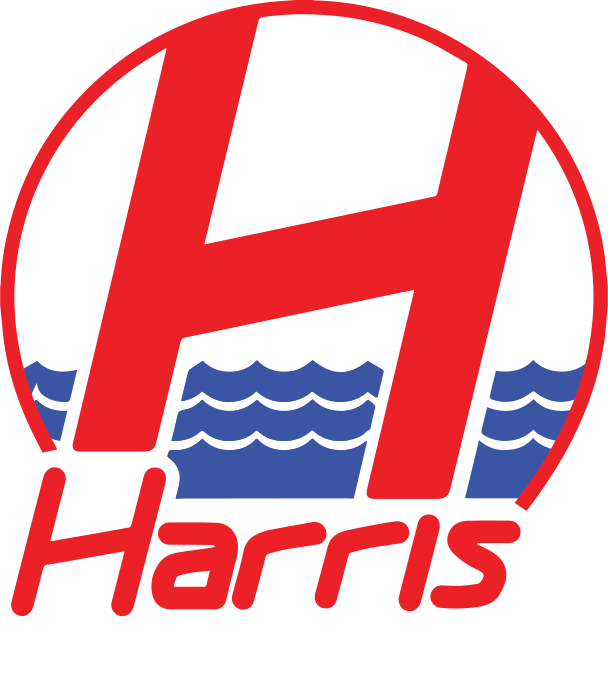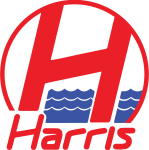Sewer spot repairs are an efficient way to fix specific issues in sewer lines without replacing the entire system. This process targets damaged sections, minimizing disruptions and costs. Here’s a step-by-step look at how sewer spot repairs are done in NYC.
Identifying the Damaged Section
Licensed plumbers use advanced tools like sewer cameras to inspect the inside of the pipes. The camera sends live footage, allowing technicians to find cracks, blockages, or other damage. This method ensures repairs are done with precision, avoiding unnecessary excavation.
Beyond identifying the spot, the camera inspection shows what caused the damage. Whether the damage is due to tree roots or general wear and tear, this information lays the groundwork for creating a tailored repair plan and preventing future damage.
Excavating for Targeted Access
Once the damaged section is located, the crew excavates to access the problematic pipe. Instead of digging up large sections of ground, technicians use a targeted approach to expose only the affected area. This sewer main repair technique minimizes disruption to landscaping, sidewalks, and roadways.
The excavation process may involve traditional trenching or smaller access points for precision. By focusing on the problem area, crews can reduce repair costs and speed up the process. Careful excavation also keeps the surrounding pipework intact. However, accurately locating damage in underground sewer lines is challenging, and it may require additional work to locate and expose the problem area.
Replacing the Sewer Line
After the problem area is exposed, the next sewer spot repair step is to replace the damaged portion of the line. To do this, technicians remove the cracked or broken pipe and install a new section. While spot repairs are possible in some cases, it’s always recommended to replace your sewer line to prevent the need for future repairs in other sections. Whether your sewer line is outdated, built with subpar materials, or compromised by environmental damage or blockages, replacing it leads to reliable service.
Cast iron pipes are typically used since they withstand wear and tear long after the repair or replacement is complete. After installing the new line, technicians test the system to confirm proper flow and sealing. This thorough process ensures that the repair effectively resolves the problem without impacting the rest of the plumbing system or surrounding environment.
Sewer spot repairs focus on fixing specific problems in the line, offering a cost-effective and less invasive alternative to full sewer replacement. The process involves identifying the damaged spot, excavating with precision, and seamlessly replacing the broken section. It’s a reliable solution that restores your sewer system’s functionality with minimal impact on the pipe’s surroundings.




















